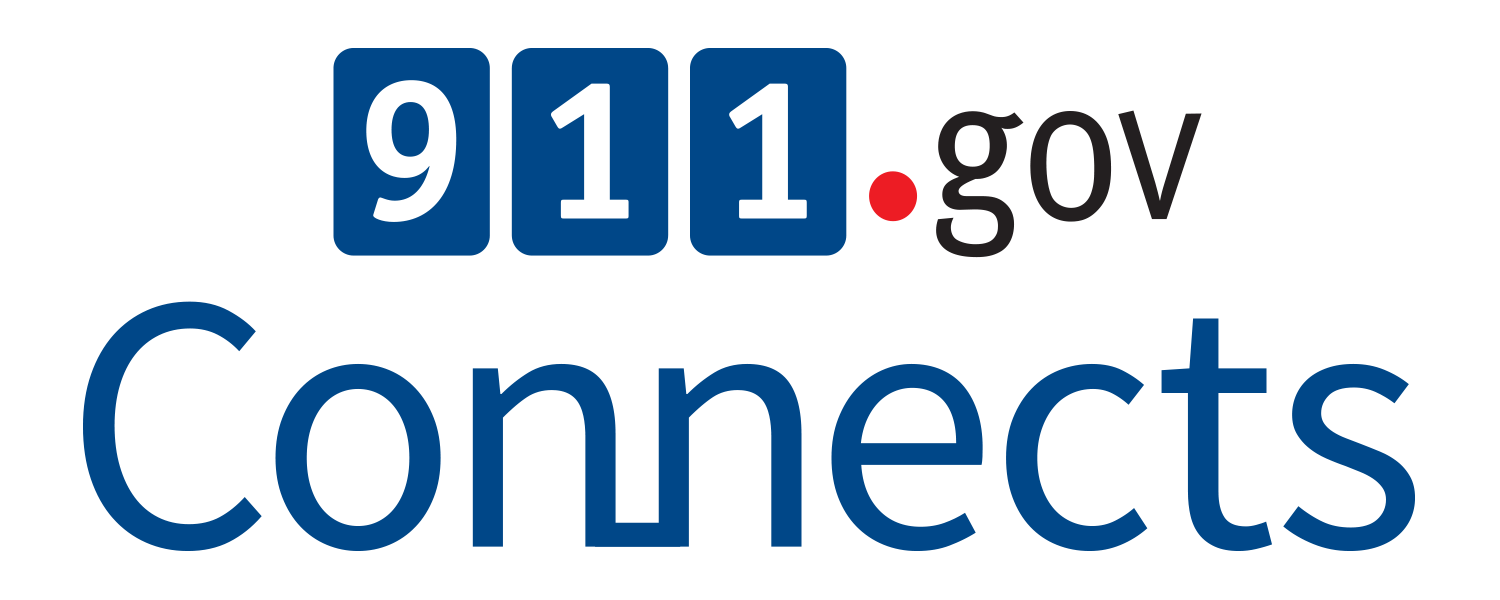Federal Agencies & 911: Who’s Who in Federal 911 Support
Every day, the National 911 Program, housed in the Department of Transportation, participates in a variety of efforts with other Federal agencies with a goal of advancing 911 and emergency communication across the country. This column will feature a high-level overview of how the Program represents 911 interests among other Federal bodies.
Federal Partners Supporting 911 Services Nationwide
National Telecommunications and Information Administration (NTIA)
Housed in the Department of Commerce, the mission of the NTIA is to advise the Executive branch on information policy and telecommunications issues. The NTIA supports the FirstNet Board and oversees the Public Safety Interoperable Communications (PSIC) Grant Program. NHTSA’s 911 Program and NTIA are partners in the upcoming 911 Grant Program and are working together to ensure that clear parameters are established for grantees, as they apply for Federal funding to improve 911 and NG911 services. More information on the 911 Grant Program will be posted on the “Legislation, Funding and Policy” page of www.911.gov as it is available. The NTIA and NHTSA are also working together on the recently announced NG911 cost study to assess the costs, service requirements and specifications needed for NG911.
Federal Communications Commission (FCC) Public Safety and Homeland Security (PSHS) Bureau
A regular partner with the National 911 Program, the FCC’s PSHS Bureau conducts a number of activities with the goal of improving public safety communication. The 911 Program is a member of the Communications Security, Reliability and Interoperability Council (CSRIC), a formal advisory group to the FCC that works to ensure a secure and reliable communications system. The Program has participated on the Task Force on Optimal Public Safety Answering Point (PSAP) Architecture (TFOPA), which studies and recommends the most effective structure and design of a PSAP to ensure operational efficiency, public safety and integration among first responder dispatch. In December, the TFOPA released Final Reports of Working Group 1 & 2, which include cybersecurity recommendations and a toolkit for the PSAP community with a self-assessment guide, local and state level strategies and additional resources. The FCC and the National 911 Program coordinate efforts on an ongoing basis, which allows them to move issues forward and build on each other’s successes in support of the 911 community.
Department of Homeland Security Emergency Communications Preparedness Center (ECPC)
Comprised of Federal agencies that play a role in emergency communications, including regulation, policy, operations, grants and technical assistance, the ECPC focuses on federal joint investment and resource sharing to increase efficiency and improve alignment of communication planning across levels of government. They work to ensure that federal investments in state, local and tribal capabilities meet the needs and priorities of those stakeholders. The National 911 Program participates in the ECPC Steering Committee, the 911 Focus Group, and the Grants Focus Group, which provides guidance for emergency communication investments and policy surrounding federal financial assistance. While the purpose of the Grants Focus Group is to coordinate federal investments, another possible benefit is the identification of grant programs that include 911 projects as part of their eligible use of funds.
Department of Defense Public Safety Communications Working Group
Established in March of 2014, this group is charged with advising on “all matters pertaining to communications systems relevant to public safety, emergency management and first responders.” The 911 Program recently presented at the MILCOM 2015 conference at the end of October on “DoD Public Safety and Emergency Communications Programs – Strengthening Today’s Response and Tomorrow’s Mission Partnerships”, discussing communication and operation requirements and the importance of interoperability across the spectrum of DoD public safety.
